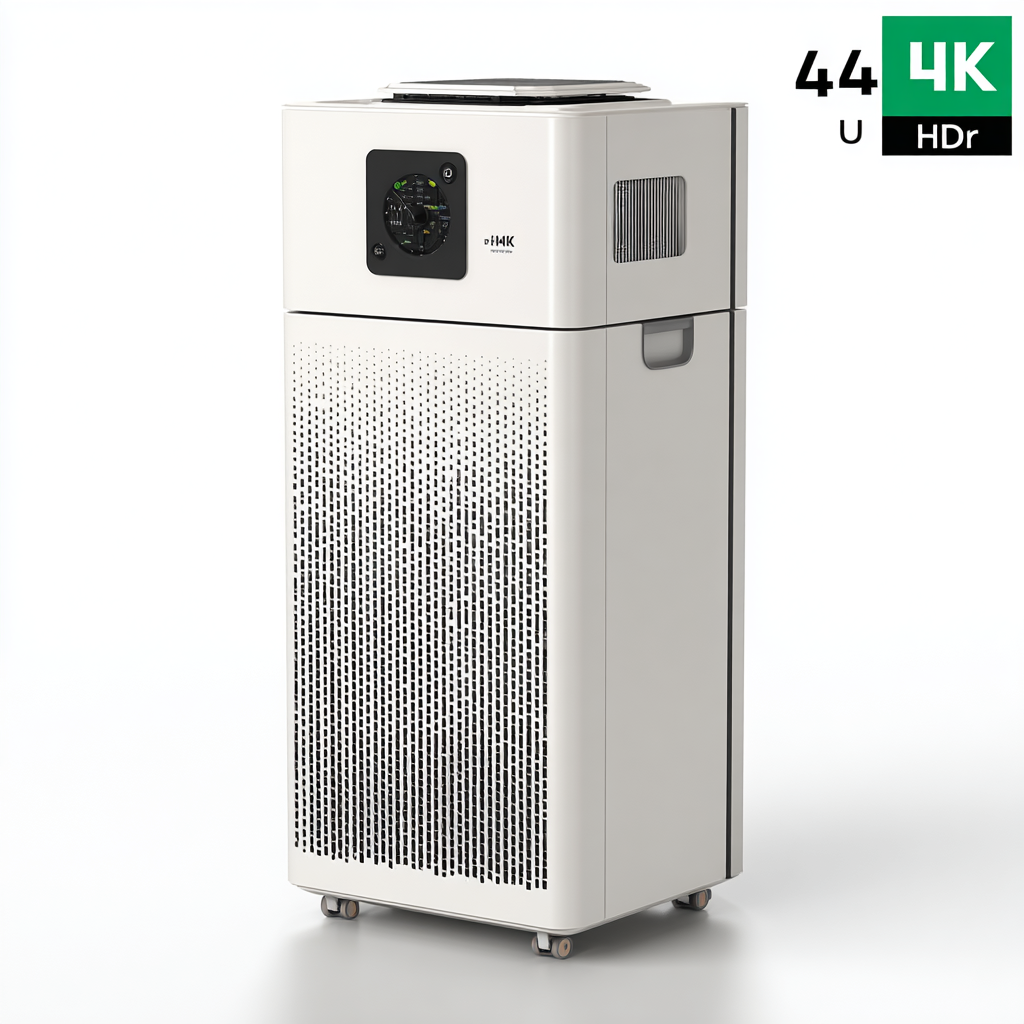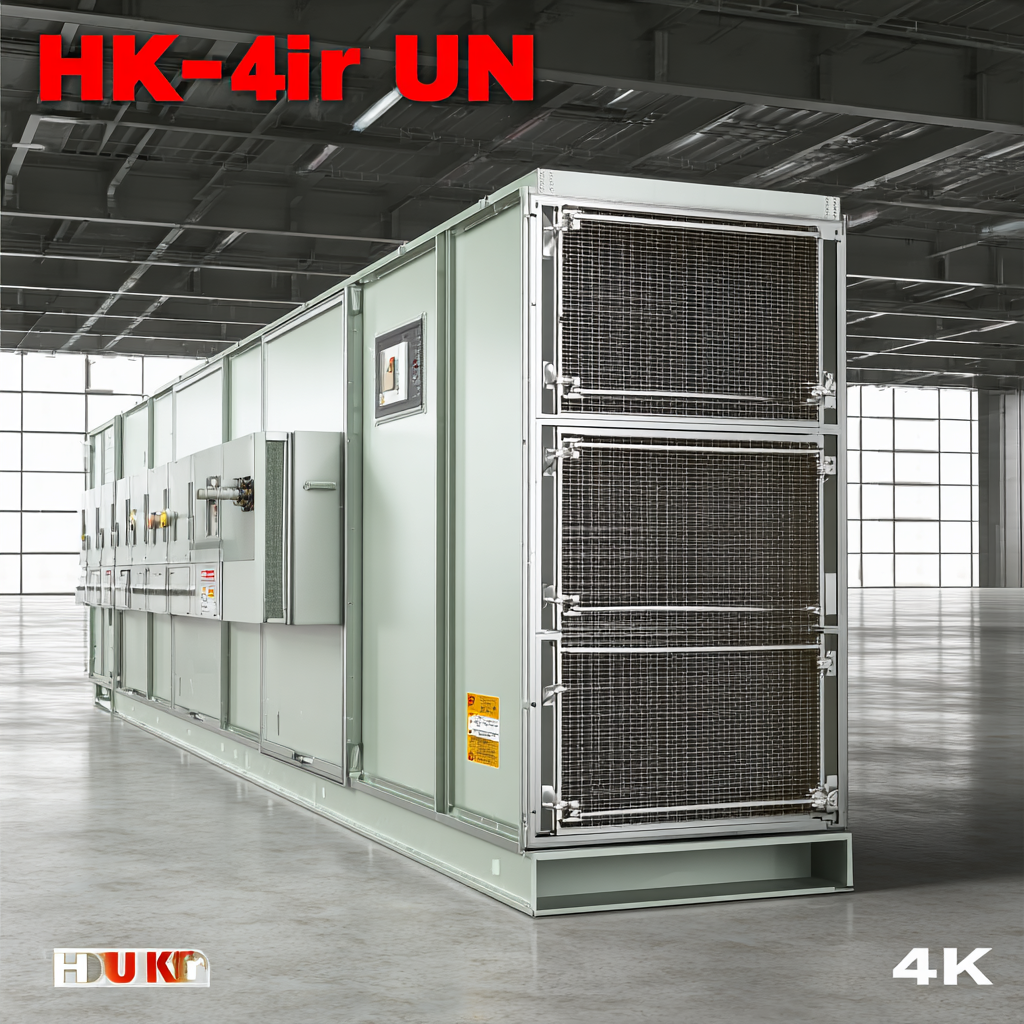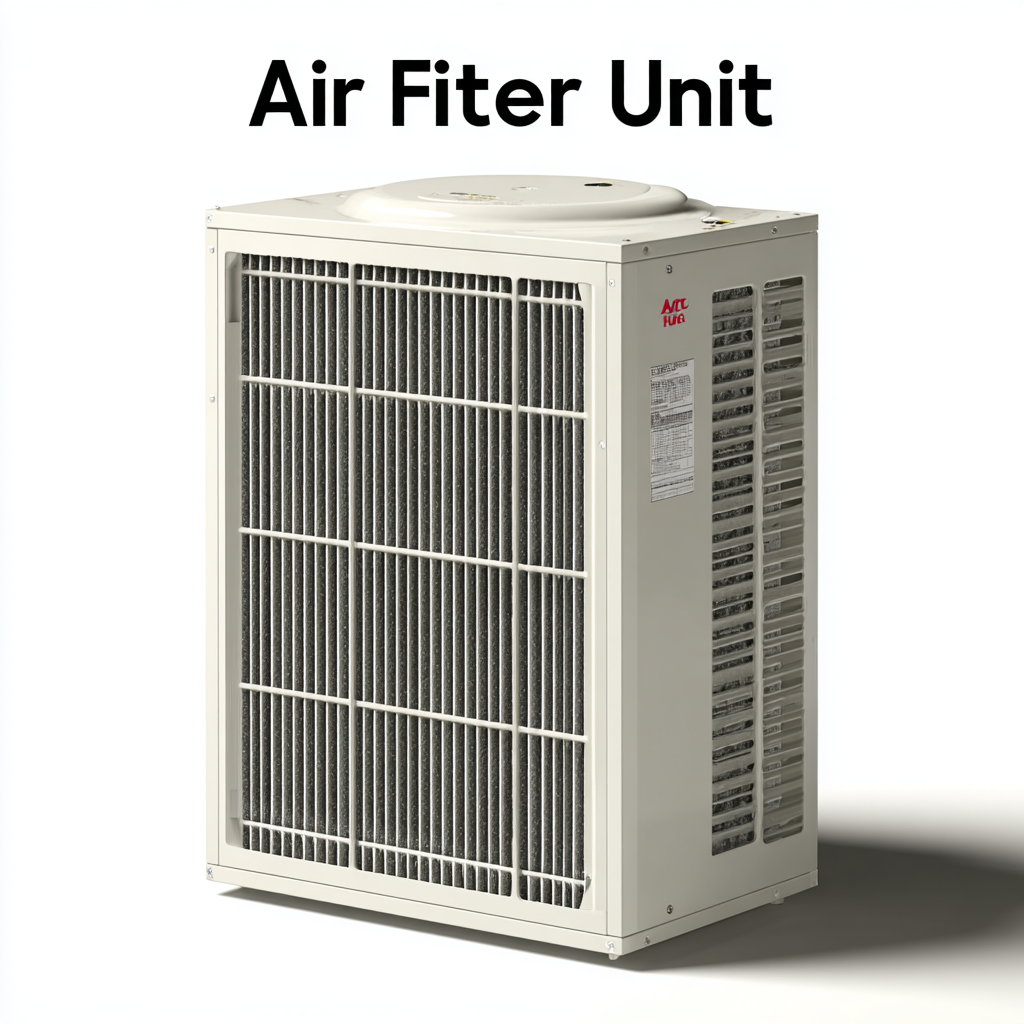
Overcoming Common Issues with the Best Air Filter Unit for Cleaner Indoor Air
In today's world, where indoor air quality has become a significant concern for many households, finding the right solutions is essential for maintaining a healthy living environment. One of the most effective ways to achieve cleaner indoor air is by investing in a high-quality Air Filter Unit. However, many people encounter common issues that can hinder the performance of these units, leading to frustration and ineffective results.

This blog will delve into practical strategies and tips to overcome these challenges, ensuring that your Air Filter Unit operates at its best. By addressing common problems like improper placement, filter maintenance, and understanding air flow dynamics, you can transform your indoor space into a sanctuary of clean air, free from allergens and pollutants. Join us as we explore how to maximize the effectiveness of your Air Filter Unit and enhance the air quality in your home.
Identifying the Most Common Indoor Air Quality Problems You Might Face
Indoor air quality often goes unnoticed, yet it can significantly impact our health and comfort. One of the most common issues is the presence of allergens, such as dust mites, pet dander, and mold spores. These particles can trigger allergies and respiratory problems, making it essential to maintain a clean indoor environment. Furthermore, volatile organic compounds (VOCs) emitted from household products and furnishings can contribute to poor air quality, exacerbating symptoms in sensitive individuals.
Another pressing issue is inadequate ventilation, which can lead to a buildup of indoor pollutants. Stale air can carry contaminants and elevate humidity levels, fostering an environment ideal for mold growth. Utilizing the best air filter unit can help alleviate these common problems by effectively trapping allergens and pollutants, thus improving overall indoor air quality. Choosing a filter with a high MERV rating ensures the removal of even the smallest particles, providing a cleaner, healthier living space for you and your family.
Overcoming Common Issues with the Best Air Filter Unit for Cleaner Indoor Air - Identifying the Most Common Indoor Air Quality Problems You Might Face
| Indoor Air Quality Issue | Common Sources | Health Effects | Recommended Air Filter Type |
|---|---|---|---|
| Dust | Construction, textiles, pets | Allergies, respiratory issues | HEPA Filter |
| Mold | High humidity areas, leaks | Respiratory problems, skin irritation | Activated Carbon Filter |
| Pet Dander | Pets, upholstery | Asthma, skin allergies | HEPA Filter |
| Volatile Organic Compounds (VOCs) | Paint, cleaning supplies | Headaches, dizziness, fatigue | Activated Carbon Filter |
| Carbon Monoxide | Gas appliances, vehicles | Fatigue, impaired vision, death | Specialized Air Purifiers |
5 Essential Features to Look for in the Best Air Filter Unit
When selecting the best air filter unit for cleaner indoor air, it’s crucial to consider essential features that ensure optimal performance and health benefits. First and foremost, a HEPA filter is indispensable, capable of capturing at least 99.97% of particles as small as 0.3 microns, including dust, pollen, and pet dander. According to the Environmental Protection Agency (EPA), these filters can significantly reduce indoor air pollutants, making them vital for allergy sufferers and those with respiratory issues.
Another important feature is a high Clean Air Delivery Rate (CADR). This metric indicates how effectively an air filter unit can clean the air in a specific size room. The Association of Home Appliance Manufacturers (AHAM) recommends selecting an air filter with a CADR rating that fits the room size—higher ratings correlate with quicker and more efficient air cleaning. Additionally, an activated carbon pre-filter can combat odors and volatile organic compounds (VOCs), enhancing indoor air quality further. Remember, the best air filter units also offer smart features, such as air quality sensors and app connectivity, enabling users to monitor and adjust indoor air conditions proactively. Investing in these essential features will transform your indoor environment into a cleaner and healthier space.
Air Filter Unit Features Comparison
Top 3 Types of Air Filters and Their Benefits for Your Home
When it comes to improving the quality of indoor air, choosing the right air filter is crucial. The three most common types of air filters include HEPA filters, activated carbon filters, and electrostatic filters, each with unique benefits for your home. HEPA filters are renowned for their ability to trap 99.97% of airborne particles as small as 0.3 microns. This includes pollen, dust mites, and pet dander, making them ideal for allergy sufferers seeking relief.
In addition to HEPA filters, activated carbon filters excel in eliminating odors and harmful gases. They work by absorbing volatile organic compounds (VOCs), smoke, and other unpleasant smells from the environment. This is particularly beneficial for homes with pets or kitchens that often have strong cooking odors. Lastly, electrostatic filters utilize static electricity to capture particles, offering a reusable option that can save money in the long run. By understanding the strengths of these filters, homeowners can effectively address common indoor air quality issues and create a healthier living space.

Effective Maintenance Tips to Enhance Air Filter Performance
 Maintaining your air filter unit effectively is essential for ensuring cleaner indoor air. One crucial tip is to regularly check and replace the filters according to the manufacturer's recommendations. Most filters need to be changed every three months, but this can vary based on usage and air quality. By keeping an eye on your filter's condition, you can prevent dust and allergens from circulating in your home, which can greatly enhance your indoor air quality.
Maintaining your air filter unit effectively is essential for ensuring cleaner indoor air. One crucial tip is to regularly check and replace the filters according to the manufacturer's recommendations. Most filters need to be changed every three months, but this can vary based on usage and air quality. By keeping an eye on your filter's condition, you can prevent dust and allergens from circulating in your home, which can greatly enhance your indoor air quality.
Another effective maintenance strategy is to clean the air filter unit itself. Dust and grime can accumulate on the unit over time, reducing its efficiency. Use a damp cloth to wipe down the exterior and ensure the vents are clear of debris. This simple task can significantly boost airflow and the overall performance of your air filter, leading to a healthier living environment.
Additionally, consider implementing a regular schedule for maintenance checks. Mark your calendar for monthly inspections to evaluate the performance of your air filter unit, including listening for unusual sounds and monitoring any changes in air quality. By proactively maintaining your unit, you will not only extend its lifespan but also enjoy the benefits of fresher indoor air.
How to Properly Install Your Air Filter Unit for Optimal Results
Installing an air filter unit correctly is pivotal for achieving optimal indoor air quality. With the global air purifier market projected to grow from $352.6 million in 2024 to $667.9 million by 2032, at a compound annual growth rate (CAGR) of 8.3%, ensuring proper installation becomes increasingly important as more consumers seek these solutions to improve their living environments. Proper placement is critical; air purifiers need to be situated in areas where airflow is unobstructed. Avoid corners or behind large furniture to enhance their efficiency.
Moreover, understanding the technology within various air filter units can lead to more effective use. Recent advancements focus on reducing power consumption and noise levels, addressing common consumer concerns. High-performance motors that operate quietly enable users to enjoy cleaner air without disruptive noise, making air purifiers more desirable for daily use. By following installation guidelines and considering the specific design of each unit, consumers can significantly elevate their indoor air quality and health outcomes.
